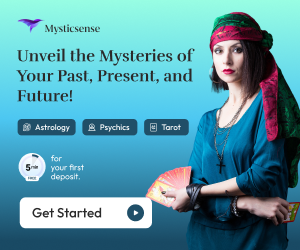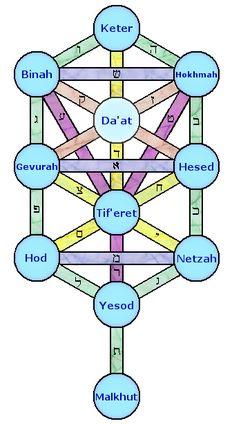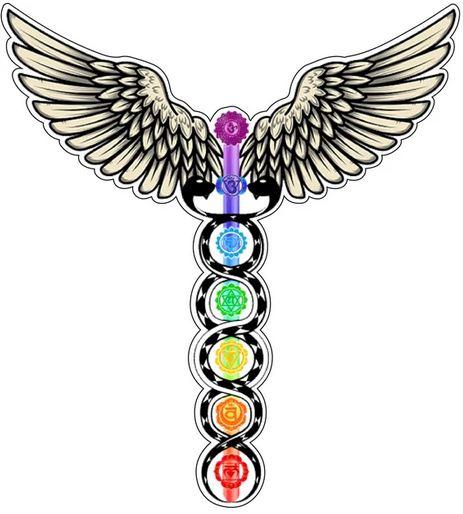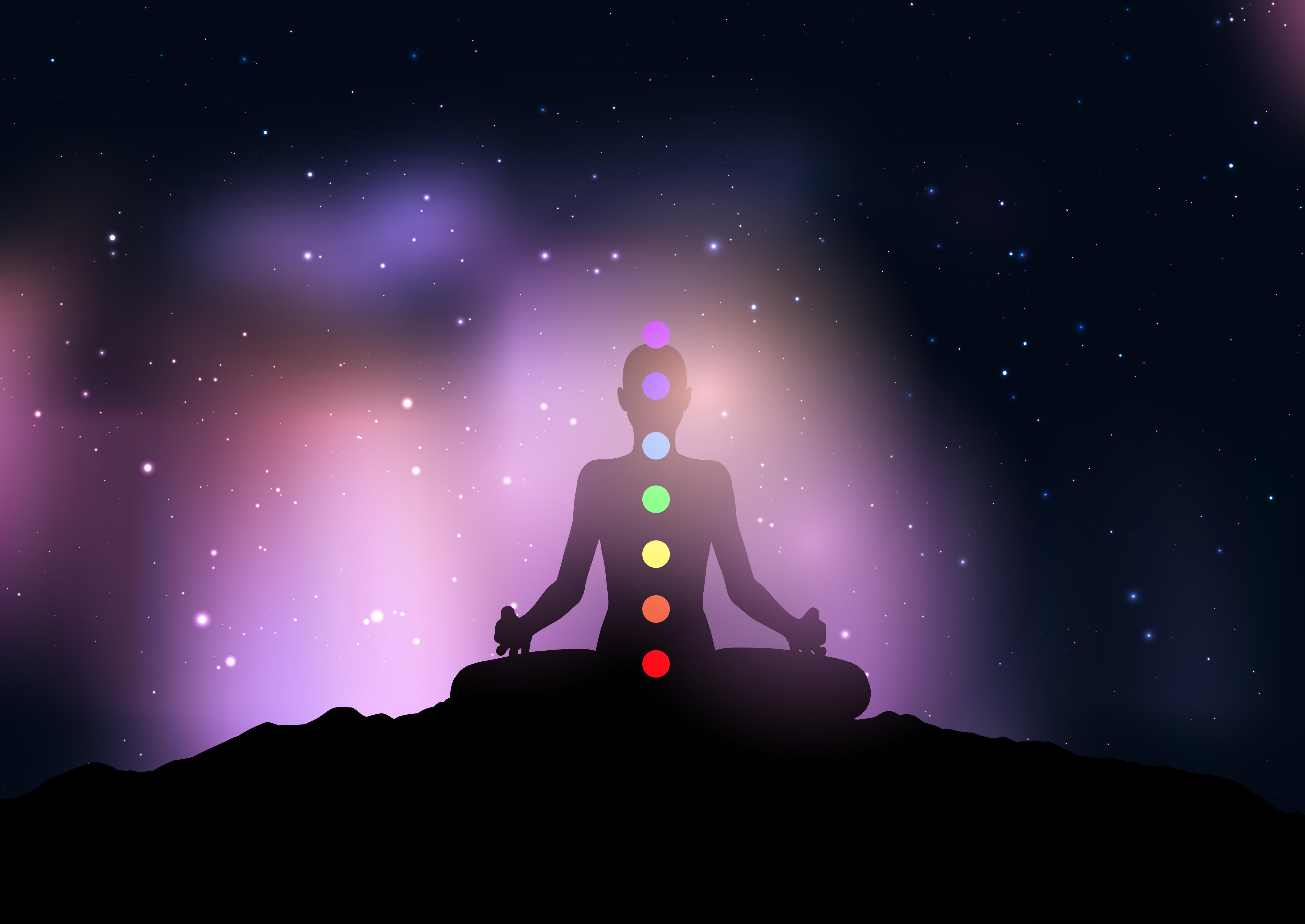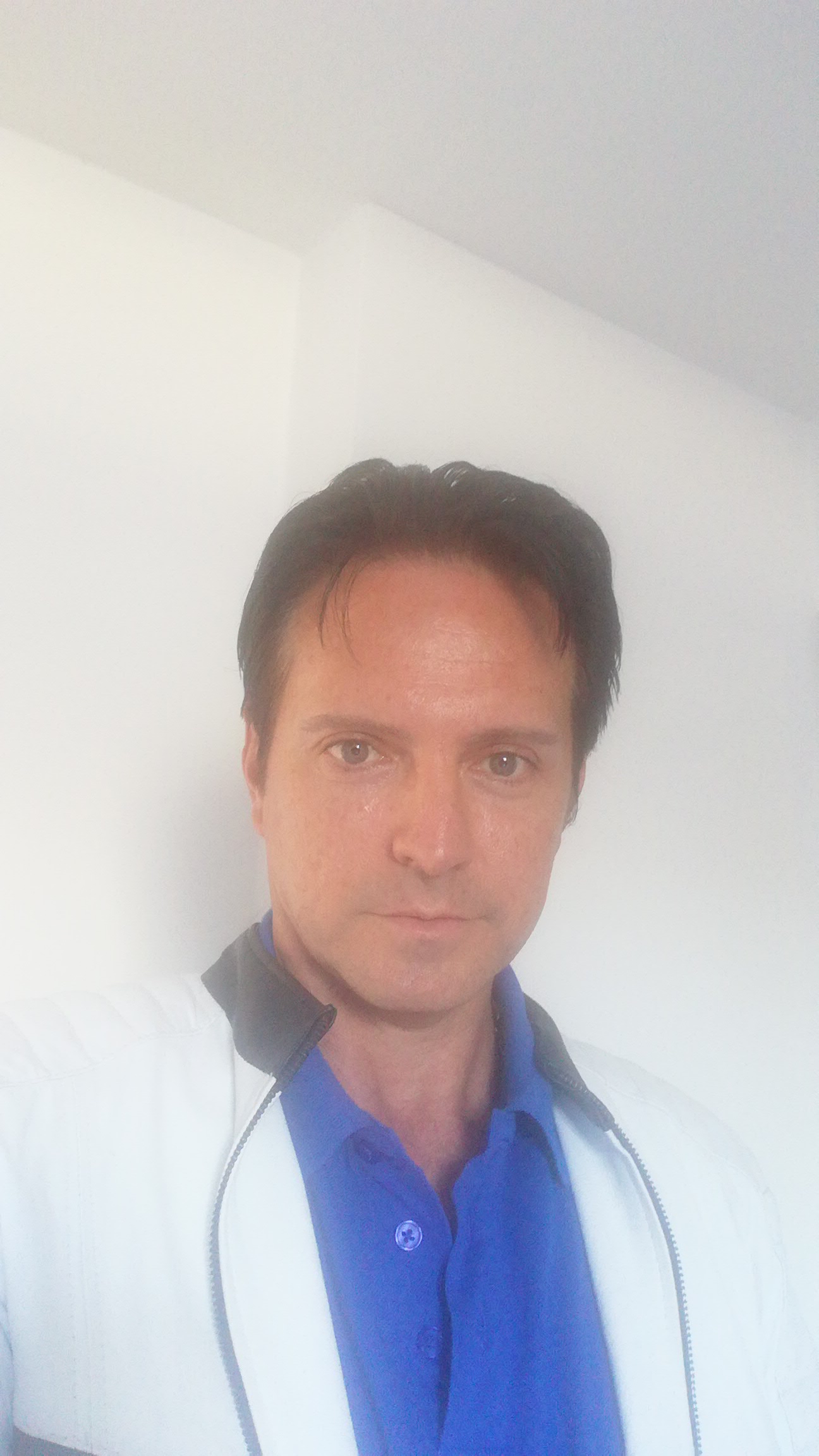Introduction: What Is Yesod?
In Kabbalah, Yesod (or Yessod) means “foundation” in Hebrew and represents one of the ten sephirot on the Tree of Life—a mystical map of creation, consciousness, and spiritual energy. Yesod is the ninth sefirah, acting as the essential channel that transfers divine energy into the material world.
Yesod is often referred to as the bridge between the spiritual and physical realms, the storehouse of all previous sephirot, and the foundation of personal identity, dreams, and connection.
Yesod in the Tree of Life
The Tree of Life in Kabbalah consists of 10 sephirot (emanations), each representing a different divine attribute. Yesod stands just above Malkuth (Kingdom)—the physical world—and below the higher spiritual energies like Chesed (Kindness), Gevurah (Discipline), and Tiferet (Beauty).
Yesod’s Role:
-
Acts as a conduit, collecting energies from the upper sephirot and transmitting them into Malkuth.
-
Represents the subconscious, dreams, and the inner emotional world.
-
Often associated with the moon, reflecting light and guiding rhythm and cycles.
The Symbolism of Yesod
Yesod is rich with symbolism across mystical and spiritual systems:
-
Moon energy: Like the moon reflects the light of the sun, Yesod reflects divine light into the world.
-
Sexuality and creativity: Yesod governs reproductive energy, intimacy, and creation—not just physically but spiritually and psychologically.
-
Communication: It is the channel through which internal intentions manifest externally.
In many ways, Yesod is about alignment—making sure that the flow from above (spirit) is integrated into our actions, relationships, and lives.
Yesod and Personal Growth
In human terms, Yesod represents our emotional foundation, inner world, and the subconscious mind. Developing Yesod means:
-
Cultivating emotional clarity and stability
-
Becoming aware of hidden motivations and desires
-
Aligning thoughts, emotions, and actions
-
Developing trust and integrity
Yesod is often called the foundation of character, and in daily life, it's about whether your inner spiritual values are reflected in your outer behavior.
Yesod in Practice: How to Connect
To work with Yesod in spiritual or meditative practice, you can:
-
Journal your dreams and subconscious thoughts—Yesod is deeply connected to inner perception.
-
Meditate on alignment between your values and your actions.
-
Practice grounding exercises, such as walking in nature or breathwork, to strengthen your inner foundation.
-
Reflect on the moon’s symbolism, especially during different lunar phases, to tap into Yesod's rhythms.
Many Kabbalists also use visualizations and Hebrew prayers to activate the flow of divine energy through Yesod and into their daily lives.
Yesod and Other Traditions
Yesod shares similarities with concepts in other traditions:
-
In Chakra systems, Yesod is often compared to the Sacral Chakra (Svadhisthana), which governs emotions, creativity, and sexuality.
-
In psychology, it aligns with the subconscious mind, where thoughts and desires influence behavior.
-
In esoteric Christianity, it parallels the Holy Spirit or inner light that bridges divinity and the material world.
Final Thoughts: Why Yesod Matters Today
Yesod reminds us that spiritual insight means little without grounding. It's not enough to have lofty thoughts or dreams—we must translate them into our lived reality. As the bridge between heaven and earth, Yesod teaches us that true spirituality is found in integration: aligning the unseen with the seen, the sacred with the everyday.
When Yesod is strong, you live with authenticity, purpose, and emotional clarity—a solid foundation for a meaningful life.
